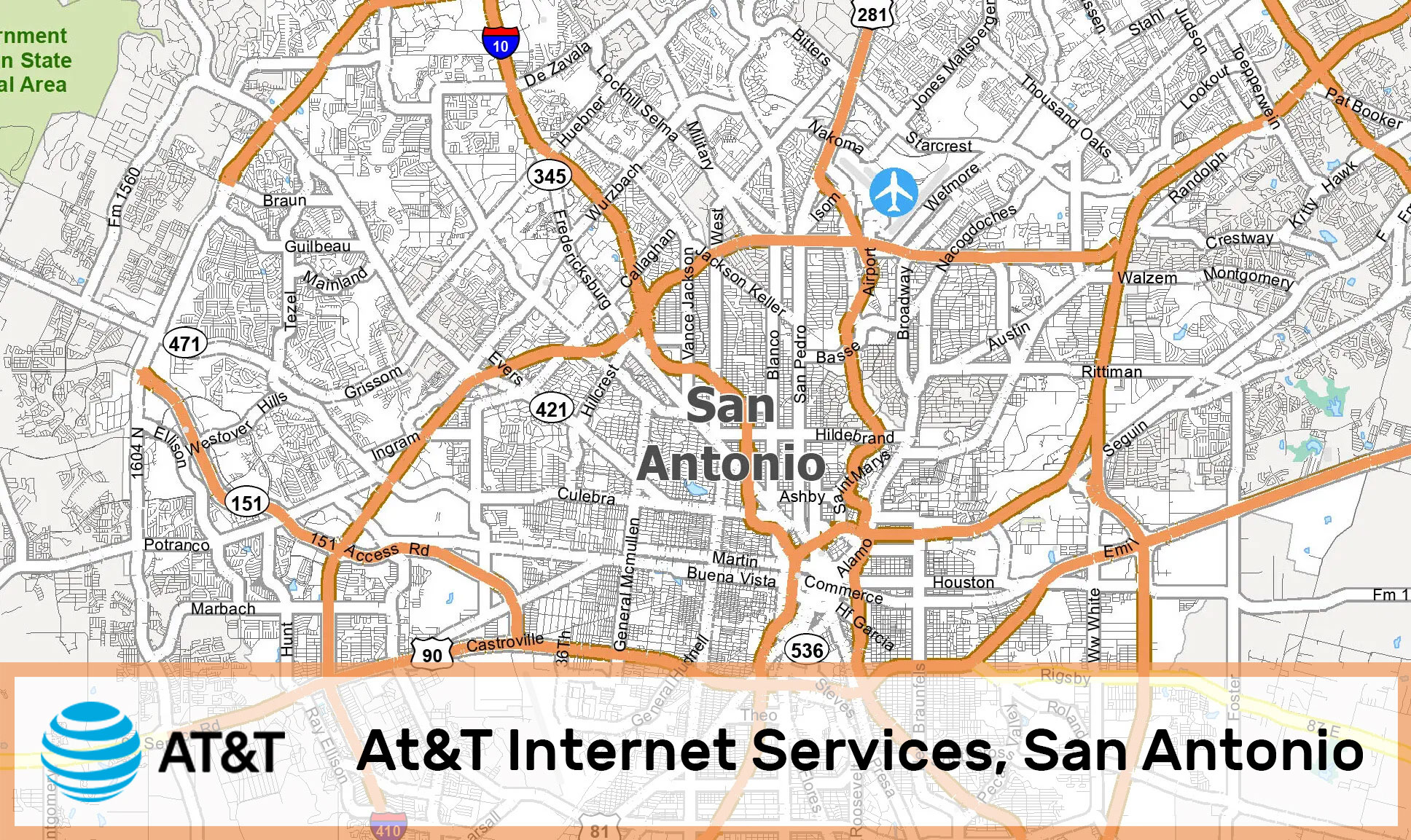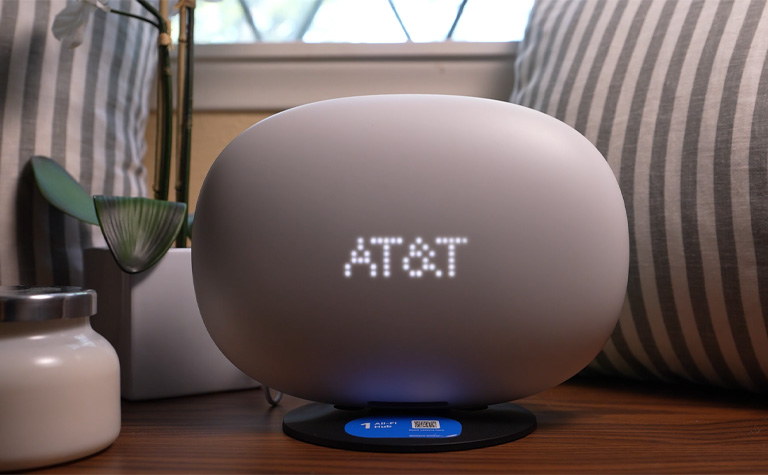Unveil the top high-speed internet options for new homeowners. Explore our comprehensive guide to fiber and satellite ISPs for seamless connectivity in your new home. Dive into our latest blog post now

In today's digital age, reliable and efficient internet connectivity is a necessity for new homeowners. As you settle into your new home, choosing the right internet service provider (ISP) that can deliver lightning-fast speeds is crucial. This blog post delves into fiber and satellite internet providers, exploring their speed, reliability, and future trajectory. Join us as we uncover the fastest ISPs for your new home.
Fiber-optic networks offer speeds up to 1 Gbps, while satellite internet ranges from 25 Mbps to 100 Mbps.
Fiber provides higher reliability and lower latency compared to satellite due to direct infrastructure connections. Xfinity ([Comcast](https://www.konecteaze.com/provider/comcast-internet)) is a leading fiber provider, while [Spectrum](https://www.konecteaze.com/provider/spectrum-internet) offers high-speed plans with fiber and cable options.
When it comes to speed, fiber-optic networks are top performers, offering speeds up to 1 Gbps. In contrast, satellite internet tends to be slower. Consider providers like Xfinity and Spectrum for lightning-fast connections.
Fiber-optic networks outperform satellite internet in reliability and functionality. Providers like Xfinity offer high-speed fiber internet plans, ensuring a reliable connection for new homeowners.
Spectrum Internet:
Spectrum offers high-speed internet plans with coverage in several areas across the country, with speeds up to 1 Gbps. Spectrum's service is known for its reliability compared to other providers like Comcast and Cox.
[AT&T Fiber](https://www.konecteaze.com/provider/att-internet) offers high-speed internet plans with reliable connectivity and speeds up to 1 Gbps.
[CenturyLink](https://www.konecteaze.com/provider/centurylink-internet), with its fiber-optic network, provides high-speed internet plans for new homeowners with speeds reaching up to 1 Gbps.
[Frontier](https://www.konecteaze.com/provider/frontier-internet) offers a variety of internet plans with fiber and DSL services, with speeds ranging from 6 Mbps to 1 Gbps.
Discover real-life examples of how fiber optic and satellite internet have transformed connectivity in rural areas and bridged the digital divide.
Explore the speed and reliability of fiber-optic networks, offering speeds up to 1 Gbps.
Industry experts highlight the significance of fiber-optic infrastructure for future-proof internet connectivity, acknowledging the role of satellite internet in remote areas.
Explore the economic and social implications of high-speed internet, including how it fosters innovation, e-commerce, and bridges the digital divide.
Reliable internet empowers communities, improves education, and enables telemedicine services.
Fiber-optic networks contribute to a greener future compared to satellite infrastructure.
Explore how technological advancements like fiber-optic networks and communication satellites have revolutionized internet access and connectivity.
Fiber-optic networks provide speeds up to 1 Gbps, while satellite internet ranges from 25 Mbps to 100 Mbps.
Communication satellites have enabled internet access in remote regions, ensuring global connectivity.
Discover how ISPs are enhancing internet speeds, embracing 5G technology, and expanding network coverage.
Fiber-optic networks offer the fastest internet speeds and higher reliability.
The advent of 5G technology promises faster internet speeds and lower latency.
ISPs are expanding their fiber infrastructure to reach more areas, providing greater coverage and faster speeds.
Discover how HughesNet, Viasat, and Starlink are bridging the digital divide with satellite internet services.
HughesNet offers various plans with speeds ranging from 25 Mbps to 50 Mbps, available nationwide.
Viasat provides high-speed internet in rural areas with speeds up to 100 Mbps.
Starlink aims to provide high-speed, low-latency internet globally, making it a potential game-changer for remote areas.
In conclusion, the right ISP for your new home depends on location, internet needs, and budget. Consider the options available, such as fiber-optic providers Xfinity and Spectrum or satellite internet providers like HughesNet, Viasat, and Starlink, to ensure a fast and reliable connection in your new home.
---
06/08/2019
The world is no longer too big for the internet; no matter where you’re located on the globe, the World Wide Web is within your access. Even if you’re based in the middle of nowhere, satellite internet has you covered!
Read More
26/08/2021
What are you waiting for? Check the available AT & T Internet Providers in your area through KonnectEaze and enjoy the most reliable internet services.
Read More
23/05/2024
AT&T has introduced its new fixed wireless home internet service, AT&T Internet Air, leveraging the power of its 5G network to provide reliable and fast internet access, particularly in areas where traditional wired connections are not feasible.
Read More